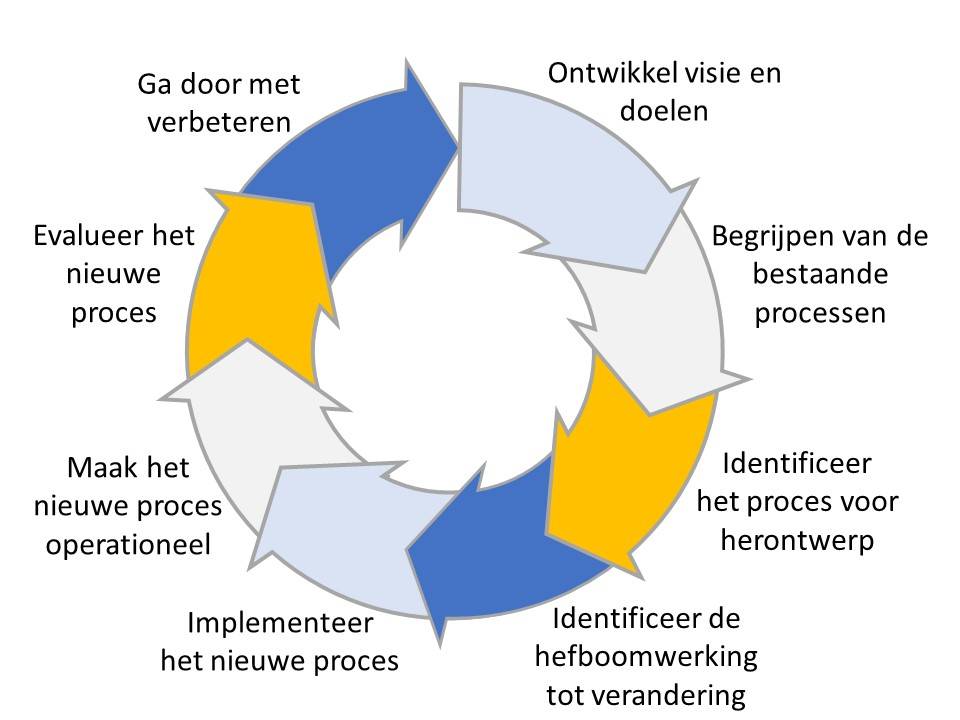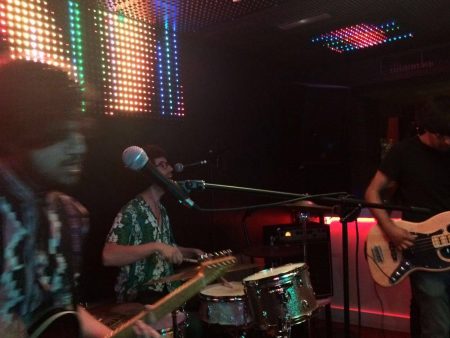Contents
This example highlights how essential it is for a resistance breakout to be accompanied by increase in volume. According to CoinMarketCap, wedge patterns usually require around 3 to 4 weeks to form. These patterns generally indicate a trend reversal and are, therefore, always a good signal for traders and https://1investing.in/ investors. A rising wedge pattern is ideal for short sellers who wish to bet against a token. On the other hand, a falling wedge pattern is usually a good buy indicator, as prices could take off shortly. To identify a falling wedge pattern, draw lines linking lower highs and lower lows using a trendline.

Talking about the volume characteristics, volume should usually be high during the first part of the pattern when price is declining. Finally, volume must increase during the third part of the pattern when price is rising. The rise in volume during the third part along with rising price suggests that buying interest is picking up. Finally, the breakout must be accompanied by a sharp pickup in volume, without which, the validity of the breakout will be in question. Notice in each of the preceding four charts that the price projection is done from the start of the trend right until the start of the consolidation (i.e. the flag or pennant) formation. This distance is then measured from the point of break to arrive at the price objective.
The bottoms can be connected using a horizontal trendline, while the peaks can be connected using a downward sloping trendline. Although this is a bearish pattern, do not pre-empt that the break will happen on the downside. Wait until the price breaks below the horizontal support line before deciding to initiate a trade. What makes a descending triangle bearish is the structure of the pattern.
Shooting Star Candlestick Pattern
However, the resistance trend line falls sharply compared to the support trend line, resulting in a falling wedge pattern. It is generally considered a bullish pattern, indicating that the negative trend is weakening, and the upward trend could come around shortly. Both lines are converging so the width of the rising wedge gradually decreases. This means that the risk-preventing david walentas net worth stop loss can be placed by a trader around the time the trade is beginning. If the trade is successful, one walks away with a greater amount on return than what they risked at the beginning of the trade. The falling wedge pattern is characterised by a chart pattern which forms when the market makes lower lows and lower highs with a contracting range.
Although this is a bullish pattern, do not pre-empt that the break will happen on the upside. Wait until the price breaks out of the horizontal resistance line before deciding to initiate a trade. What makes an ascending triangle bullish is the structure of the pattern. Each low is above its preceding low, suggesting that the buyers are aggressively bidding up the price. Once the upside barrier is breached, expect this region to act as a support during any corrections . A contracting triangle is a continuation pattern that could appear during an uptrend or a downtrend.
These short positions can be held until the price approaches the lower trendline or shows some signs of bottoming. Similarly, a long position can be initiated when price touches the lower line on any subsequent decline and then reverses to the upside. These long positions can be held until the price approaches the upper trendline or shows some signs of topping. Notice in the above chart how uneven the volume distribution was when the pattern was forming. Also notice the pickup in volume after the breakdown from the pattern, increasing the probability of price heading lower. In this case, the price target was exactly achieved before a reversal took place.
- The flag will have sloping trend lines that travel in the opposite direction of the initial price movement.
- If this happens, and if volume has picked up after the breakdown, then a move lower can be expected.
- So, how does one identify whether it is being formed as a continuation or a turnaround pattern?
- Being a part of the continuation patterns, it’s almost certain that the price continues in the same direction once the pennant is complete.
Preferably, the breakdown from the triangle must be accompanied by an increase in volume. However, pickup in volume at the time of breakdown in case of this pattern is not as important as pickup in volume at the time of breakout in case of an ascending triangle pattern. Meanwhile, in some cases, the pattern will break on the upside.
An expanding broadening pattern is a reversal pattern that appears either at the end of an uptrend or at the end of a downtrend. This pattern is the opposite of a contracting triangle pattern. While a contracting triangle pattern has two trendlines that are converging, an expanding broadening pattern has two trendlines that are diverging. This pattern is characterized by lows getting lower and highs getting higher. When the lows are connected, we have a downward sloping trendline. And when the highs are connected, we have an upward sloping trendline.
How pennant, wedges and widening triangle chart patterns help investors
In the chart below, notice the gradual shift from demand to supply. Finally, the breakdown signalled a reversal in trend from up to down and triggered a steady decline in price in the days ahead. Again, keep some flexibility when looking out for triple bottom patterns. It is relatively rare to find three bottoms and two intervening highs at exact levels. Sometimes, the bottom or the intervening peaks might be slightly ascending or descending rather than horizontal. Both lines should appear to be getting closer to create a wedge as they converge into each other.

If we talk about the target, then all the points are there from the first support to the first resistance. You can take the target of the same number of points after the breakdown. Where the stop loss should be placed, is placed above the top side of the rising wedge.
and access global financial markets
If this happens, and if volume has picked up after the breakout, then a move higher can be expected. The above chart shows an ascending triangle pattern acting as a bullish continuation pattern. Notice the upticks in volume as the price heads higher inside the triangle. However, also notice that there was hardly any increase in volume at the time of the breakout on the first occasion.
Also notice that the subsequent decline later on found support near the vicinity of the upper trendline, which then switched its role from resistance to support. Rising wedges can also be identified during a market downtrend. In contrast to a rising wedge pattern in a market uptrend, during a downtrend, one can observe a temporary price movement in the opposite direction. This pattern indicates a continuation of the market’s downtrend, as momentum slows in the share’s pricing. Traders use the pattern to find selling opportunities before the reversal. When a security price keeps falling over time, a wedge is formed.
Like with all technical indicators, we need to use these ascending triangles with other indicators. Double bottoms are used to analyze short-term trades and long-term trades. Double bottoms used with the trading indicator RSI will give us a better success probability.
Rising wedges typically form during bullish periods as investors buy the asset in anticipation of further price increases. However, the pattern can signify that the rally is losing steam and the price is about to head lower. • The falling wedge pattern signals a possible buying opportunity in a downtrend. • The rising wedge pattern signals a possible selling opportunity in an uptrend. In many cases, when the market is trending, a wedge is developed on charts. Wedges can also appear at the end of a bullish or bearish trend.
The lines can exhibit the magnitude of the highs and lows, signifying whether they are ascending or descending; this pattern gives the appearance of a wedge, hence the name. The wedge pattern has a good track record for forecasting price reversals. Price patterns aren’t random formations on a crypto asset chart; instead, they represent a story about buyers’ and sellers’ activity. A falling wedge pattern, too, shows what bulls and bears are doing and what they might do next. An inverse Head & Shoulder is a bullish reversal pattern that appears after a decline in price. The first trough is called the left shoulder, the second trough is called the head, and the third trough is called the right shoulder.

Once finished, the market will break out into a bullish ascending trend. When volumes go down when prices are low, and when there is a breakout, the volume should be up. These are consolidation patterns in which the price does not follow the trend but the reversal of existing is on cards. These patterns have the potential to be both bullish and bearish.
Hanging Man Candlestick Pattern
Just keep in mind that rectangles are more likely to continue the prevailing trend rather than reverse it. An inverse H&S is a bullish reversal pattern that appears after a decline in price. The pattern consists of three troughs, just the opposite of its bearish counterpart. Once this bottom is made, price usually recovers part of the decline before finding resistance.
This convergence indicates a slowing in uptrend momentum of the share price. This slowing momentum is usually a sign of a potential future reversal to the downside. Hence, use a rising wedge during this time to seek out potential selling opportunities. A rising wedge , also known as an ascending wedge , is one variety of this convergence.
You got 30 Day’s Trial of
Two of the most significant chart models in technical analysis are the wedge and triangle charts. Though both symmetrical triangles and pennants can be formed during an uptrend or a downtrend, there is a small difference in their interpretations as well. Being a part of the continuation patterns, it’s almost certain that the price continues in the same direction once the pennant is complete.
How to use in trading platform
This gives the appearance of a wedge-like shape as the lines approach for convergence. A trendline that is wedge-shaped in its pattern, is considered a useful potential indicator of a potential reversal in a share’s price action. The falling wedge is a bullish stock pattern that begins wide at the top and contracts as prices move lower. It occurs when the price is making lower highs and lower lows which form two contracting lines. The falling wedge usually precedes a reversal to the upside, and this means that you can look for potential buying opportunities.
Volume normally expands at the start of the wedge, contracts as the pattern develops and then expands on the breakout. If the volume isn’t present alongside patterns breakouts, then the resulting trading signal isn’t that reliable. • In order to identify a trend reversal, you will want to look for trends that are experiencing a slowdown in the primary trend. This slowdown can often terminate with the development of a wedge pattern. Wedges form when the prices of a financial instrument move within a narrowing range, angled either up or down.
Your trendline is the first important part of the wedge pattern. You need to identify your lower lows and lower highs on the chart. There are several things you note to trade the falling Wedge pattern effectively.
